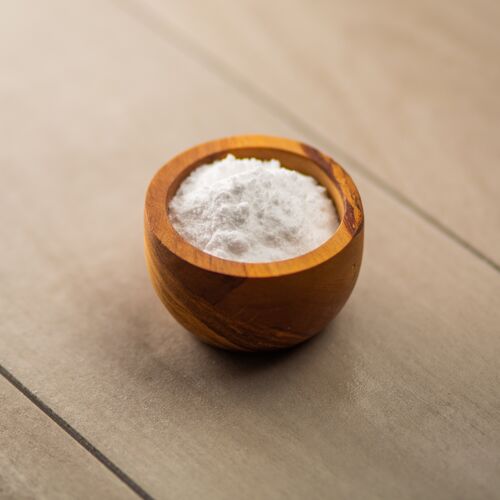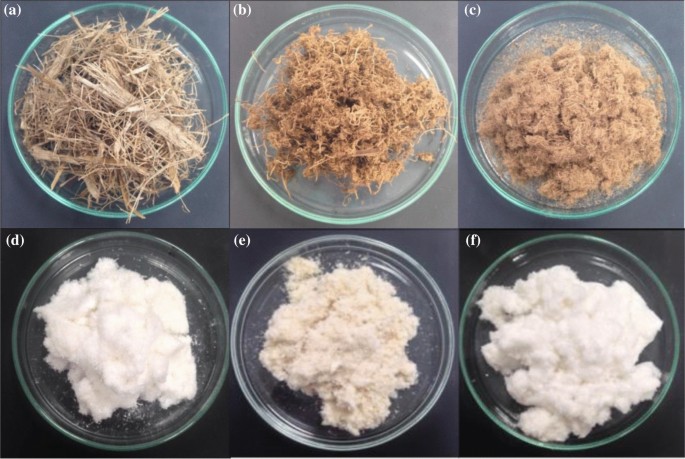Sugarcane Product: A Healthy Sweetener for Health-Conscious Individuals
Sugarcane Product: A Healthy Sweetener for Health-Conscious Individuals
Blog Article
The Trip of Sugarcane: From Harvest to Everyday Products
The trip of sugarcane is a complex procedure that begins with meticulous farming and finishes in a variety of items that penetrate our day-to-days live. From the moment the walking canes are harvested at their optimal sucrose degrees, they go through a series of intricate actions, consisting of cleaning, crushing, and information. These procedures not just generate sugar yet additionally unlock a range of by-products, such as ethanol and biodegradable product packaging products. As we discover the different elements of sugarcane's journey, its duty in sustainability and the broader implications for our atmosphere come into sharper focus. What exists past the wonderful surface?
Growing of Sugarcane
The cultivation of sugarcane is an important agricultural process that calls for particular environmental conditions and administration methods. Optimum growth takes place in tropical and subtropical regions where temperature levels range between 20 ° C and 32 ° C. Adequate rains or irrigation is important, as sugarcane prospers in damp dirt with well-drained conditions (sugarcane product). Soil top quality significantly influences return; thus, farmers usually carry out dirt tests to establish nutrient needs
Growing typically happens in rows, using stem cuttings called setts, which are grown flat. This method facilitates efficient harvesting and makes the most of sunshine exposure. Plant rotation and intercropping are recommended practices to enhance dirt fertility and decrease insect invasions. Farmers utilize integrated pest administration approaches to minimize chemical inputs while making sure healthy crop growth.
Fertilization is another vital element, with nitrogen, potassium, and phosphorus being the primary nutrients needed for optimum growth. Timely application of these plant foods can substantially boost sugar returns. In addition, checking for conditions and parasites throughout the expanding period is essential, as these aspects can detrimentally affect crop wellness and efficiency. In general, successful sugarcane farming rests on a mix of ecological stewardship, calculated planning, and ongoing management practices.
Collecting Techniques
Successful sugarcane cultivation finishes in the collecting phase, which is critical for making best use of yield and ensuring quality. The timing of the harvest is important; sugarcane is usually collected when sucrose degrees optimal, normally in between 10 to 18 months after growing. This period differs based upon environment, soil type, and sugarcane range.
Harvesting techniques can be generally categorized right into handbook and mechanical approaches. Hands-on harvesting is labor-intensive, relying upon competent employees that utilize machetes to reduce the stalks short. This approach enables careful harvesting, where only the ripest walking sticks are picked, consequently improving general sugar content.
On the other hand, mechanical harvesting has gained appeal due to its effectiveness and cost-effectiveness. Specialized farmers geared up with cutting knives and conveyor systems can process big areas rapidly, considerably decreasing labor costs. However, this technique might bring about the incorporation of immature canes and a possible decrease in sugar quality.

Regardless of the method used, making sure that harvested walking canes are carried quickly to processing facilities is essential. Motivate managing minimizes perishing and here are the findings preserves the honesty of the sugarcane, establishing the phase for ideal handling.
Processing Approaches
Handling sugarcane entails several critical actions that transform the collected stalks right into useful items, mostly sugar and molasses. The first phase is washing the walking cane to eliminate dirt and debris, complied with by the removal of juice through crushing or milling. This process normally uses hefty rollers that break the walking stick fibers to release the wonderful fluid consisted of within.
Once the juice is removed, it goes through explanation, where impurities such as soil bits and bagasse are removed. This is usually achieved by including lime and heating the juice, permitting sedimentation. The made clear juice is after that focused through evaporation, where water material is lowered, causing a thick syrup.

Eventually, the handling of sugarcane not just generates sugar and molasses but likewise lays the foundation for different derivatives, which will certainly be explored in subsequent conversations.
Products Derived From Sugarcane
Sugarcane is a flexible plant that yields a vast array of items past just sugar and molasses. Among the key by-products are ethanol and biofuels, which have actually gained prestige as renewable resource resources. Ethanol, generated with the fermentation of sugarcane juice, functions as a different to nonrenewable fuel sources and is often mixed with gas to produce cleaner-burning gas, lowering greenhouse gas exhausts.
In addition, sugarcane is a significant source of bagasse, the coarse residue continuing to be after juice removal. Bagasse is made use of in numerous applications, consisting of the production of paper, biodegradable product packaging, and as a biomass fuel for energy generation. Its usage not just reduces waste but likewise enhances the sustainability of sugarcane handling.
Moreover, sugarcane-derived products encompass the food sector, where it functions as an all-natural flavor agent and sweetener in different cooking applications. In the world of cosmetics, sugarcane extracts are included right into skincare items because of their all-natural exfoliating properties.
Environmental Influence and Sustainability
The growing and handling of sugarcane have substantial ramifications for ecological sustainability. This plant needs considerable water sources, often bring about depletion of neighborhood water products and impacting surrounding ecosystems. Additionally, the blog here usage of plant foods and pesticides in sugarcane farming can lead to dirt degradation and river air pollution, positioning dangers to biodiversity.

Sustainable sugarcane farming also advertises soil health and wellness through crop rotation and minimized husbandry, boosting carbon sequestration. The fostering of these techniques not just sustains environmental integrity yet additionally enhances the resilience of farming neighborhoods against environment adjustment.
Verdict
In summary, the trip of sugarcane incorporates different phases from growing to handling, eventually resulting in a large selection of products. The importance of sugarcane expands past plain sugar, adding to renewable resource with ethanol production, lasting product packaging through bagasse, and natural removes for cosmetics. This multifaceted crop plays a vital function in both nutritional enrichment and ecological sustainability, highlighting its value in contemporary farming and commercial practices.
Effective sugarcane cultivation finishes in the harvesting phase, which is pivotal for making best use of yield and making certain high quality. The timing of the harvest is critical; sugarcane is commonly harvested when sucrose degrees height, generally in between 10 to 18 months after growing.Handling sugarcane involves numerous essential steps that change the collected stalks into usable products, mainly sugar and molasses.Sugarcane is a functional crop that produces a wide selection of products past simply sugar and molasses. Additionally, the usage of plant foods and pesticides in sugarcane farming can result in dirt degradation and waterway air pollution, presenting threats to biodiversity.
Report this page